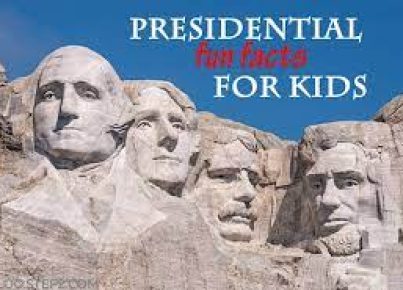The Australian Gold Rush played a significant role in shaping the country’s cultural and economic landscape. The discovery of gold in the 1850s propelled Australia onto the international stage, bringing a influx of migrants and economic prosperity. A unit plan centered around the Australian Gold Rush can yield a rich exploration of history, geography, economics, and social studies for students.
The key components of an Australian Gold Rush Unit Plan would include:
1. Lesson Objectives
– Understand the historical context and significance of the Australian Gold Rush.
– Analyze the impact of the gold rush on Australia’s development.
– Examine the experiences of different social groups during this period.
– Assess the environmental impact of gold mining activities.
2. Introduction to the Gold Rush
– A brief background about global gold rushes.
– Initial discoveries of gold in Australia and subsequent rushes.
3. The Impact on Indigenous Populations
– The effects on Aboriginal lands and societies.
– Conflicts and displacement due to mining.
4. Migrant Stories
– Waves of immigration and the cultural melting pot.
– Personal accounts of those who traveled to Australia to seek their fortune.
5. Life on the Goldfields
– Daily life, work, and leisure activities during the gold rush.
– The establishment of boomtowns and their eventual decline.
6. Economic Consequences
– How the gold rush changed Australia’s economy.
– The introduction of new trade routes and businesses.
7. Law and Order
– The development of regulatory frameworks in response to mining activities.
– Notable events such as Eureka Stockade rebellion.
8. Environmental Considerations
– The impact on landscapes from mining practices.
– Contemporary issues related to historical mining sites.
9. Legacy of the Gold Rush
– Ongoing influence on Australian identity.
– Connections between past and present in regions affected by the rush.
10.Activities & Assessments
– Research projects on individual stories or specific regions affected by the gold rush.
– Role-playing exercises recreating life on the goldfields or pivotal historic events.
– Field trips to local museums or historical sites related to the gold rush.
– Creative writing assignments imagining life during this era.
– Debates concerning issues such as wealth distribution, immigration policy, and indigenous rights during that time.
11.Resources
– Primary source documents from the period (newspaper articles, diaries, letters).
– Maps showing goldfield locations and migration patterns.
– Artwork depicting life during the Australian Gold Rush.
The unit should encourage critical thinking about how a single discovery can transform a nation economically, socially, culturally, and environmentally. It challenges students to consider multiple perspectives—from indigenous peoples to immigrants—and reflect upon long-term impacts not only on human society but also on natural landscapes.





